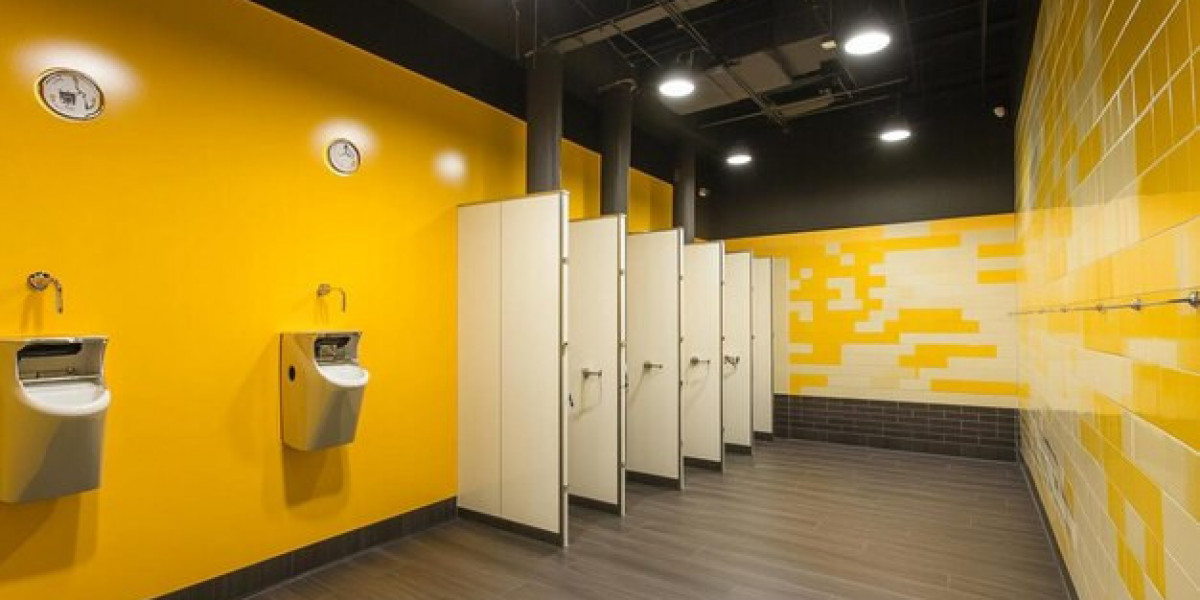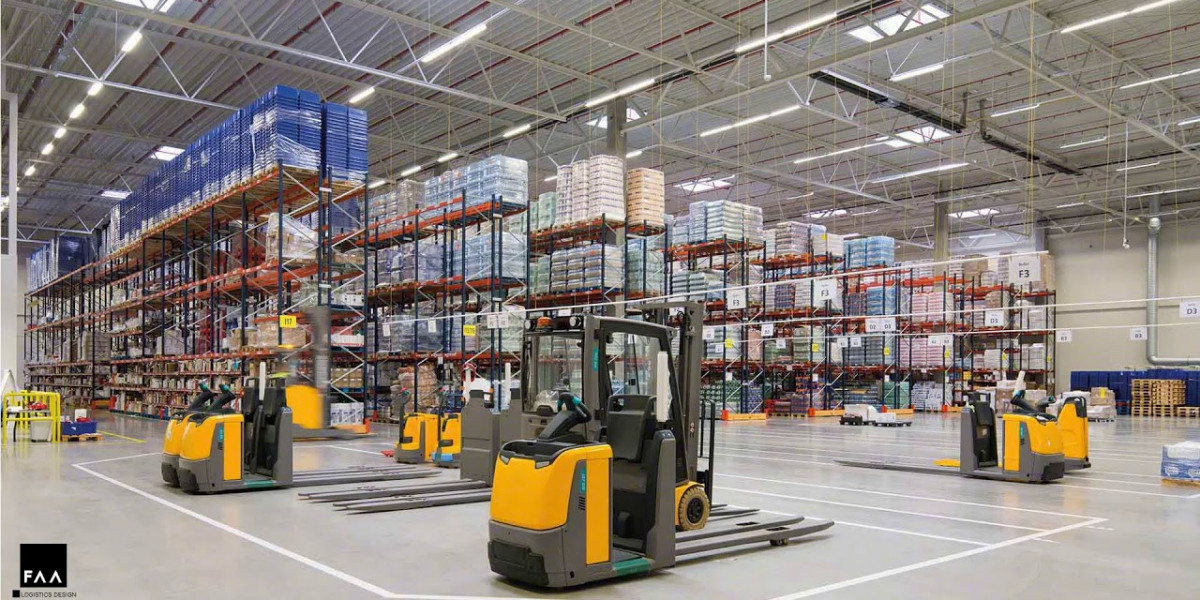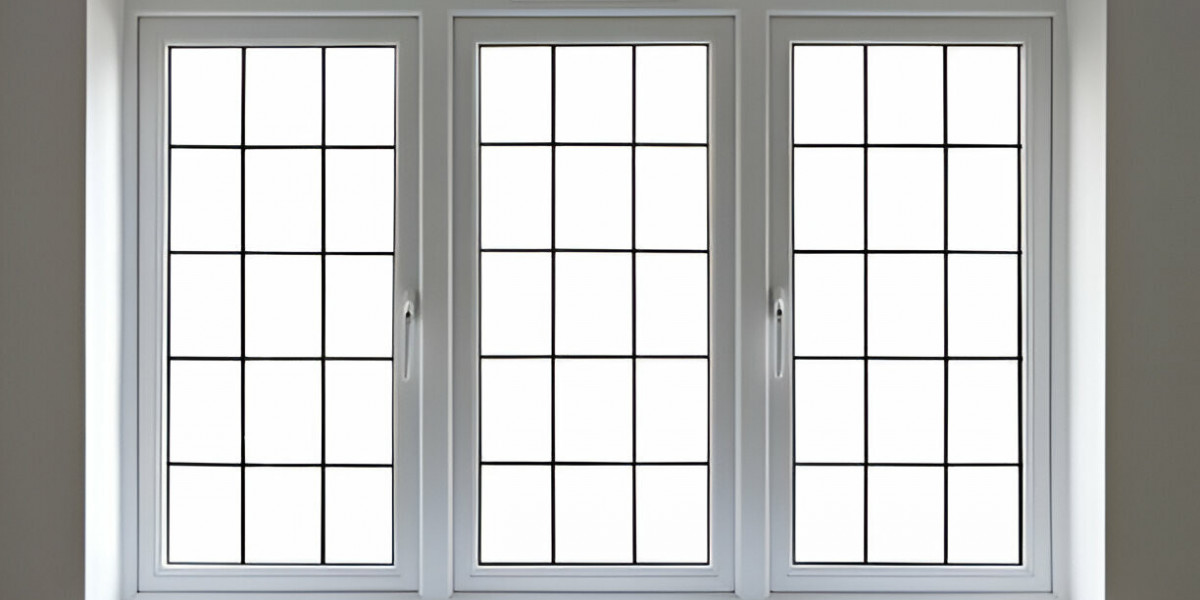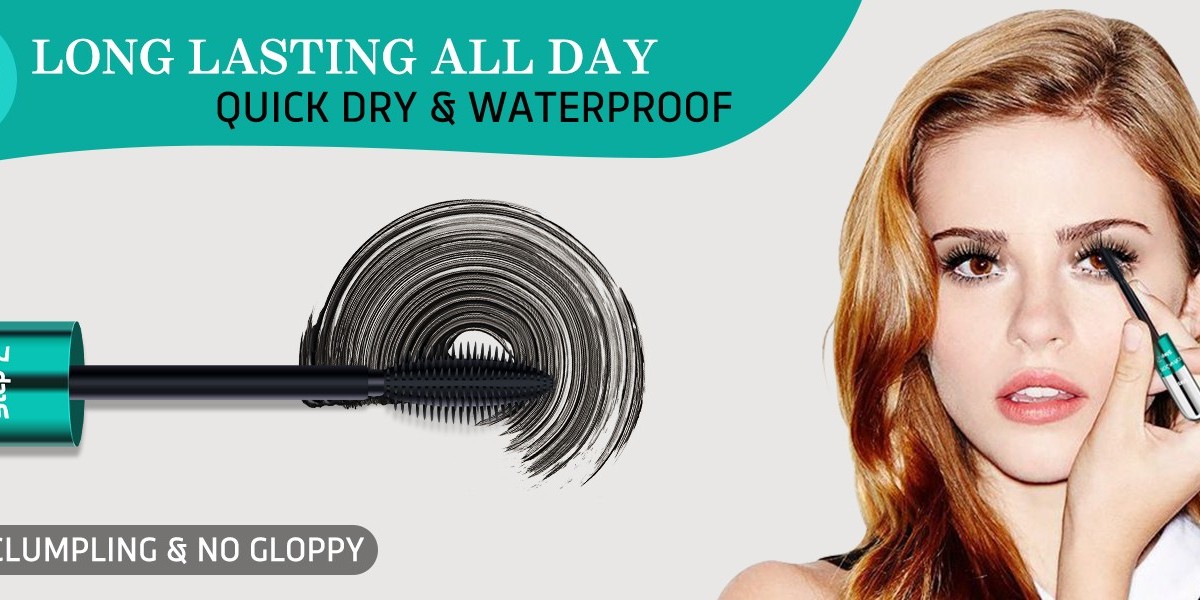Why Toilet Cubicles Matter in Contemporary Design
Toilet cubicles are no longer just functional partitions; they are a crucial aspect of the overall aesthetic and user experience in any public or commercial restroom. Toilet Cubicles ensure privacy while maximizing the use of space. In high-traffic areas, such as shopping malls and office complexes, cubicles also play a significant role in maintaining hygiene, managing foot traffic, and enhancing accessibility for people with diverse needs.
Materials Used in Toilet Cubicle Construction
Choosing the right material is critical to the longevity, appearance, and performance of toilet cubicles. Below are some of the most common materials used in toilet cubicle construction:
Compact Laminate: Known for its durability and water-resistant properties, compact laminate is a popular choice for high-traffic restrooms. These panels are constructed by pressing layers of kraft paper impregnated with resin under high heat, creating a dense and durable material. Compact laminate is perfect for areas exposed to moisture and humidity.
High-Pressure Laminate (HPL): HPL cubicles provide a balance of style and functionality. They come in a wide variety of finishes and colors, making them suitable for custom designs. While HPL is durable, it requires slightly more maintenance than compact laminate in wet environments.
Stainless Steel: Offering a sleek, modern look, stainless steel cubicles are often found in luxury and corporate settings. The material is known for being highly hygienic, corrosion-resistant, and easy to clean, making it a great choice for high-end restrooms.
Glass: Tempered glass cubicles are becoming increasingly popular in upscale environments. They offer a luxurious appearance, are available in frosted or tinted finishes, and are incredibly easy to maintain. However, glass cubicles are typically more expensive than other options and require professional installation.
Types of Toilet Cubicle Systems
There are several types of toilet cubicle systems to consider based on design, functionality, and usage. Here’s a look at the most common types:
Floor-to-Ceiling Cubicles: These cubicles provide the most privacy as they extend from the floor to the ceiling. They are ideal for areas where privacy is paramount, such as executive washrooms or high-end commercial spaces.
Standard Toilet Cubicles: Standard cubicles have a small gap at both the floor and ceiling, making them easier to clean and maintain. These are commonly used in public restrooms due to their cost-effectiveness and easy accessibility.
Full-Height Cubicles: While not extending to the ceiling, full-height cubicles offer more privacy than standard ones. They are often used in spaces where semi-privacy is required, such as office buildings and schools.
Disabled-Friendly Cubicles: Compliance with ADA (Americans with Disabilities Act) or equivalent accessibility regulations in other countries is essential. Disabled-friendly cubicles come with additional space, grab bars, and lower-height sinks to accommodate wheelchairs and provide ease of use for individuals with physical disabilities.
Design Trends in Toilet Cubicles
Toilet cubicles have evolved beyond their basic function to become part of the overall design language of a building. Here are some trending design concepts for modern cubicles:
Minimalist Design: Clean lines, neutral colors, and unobtrusive hardware are in high demand. Minimalist cubicles blend seamlessly with modern interiors, focusing on functionality while maintaining an aesthetically pleasing look.
Bold Color Schemes: Some facilities choose to make a statement by using bright, bold colors for their cubicles. This is particularly effective in environments like schools, shopping malls, or creative offices where the interior design is an extension of the brand identity.
Sustainable Materials: As sustainability becomes more important in construction, toilet cubicles made from recycled or eco-friendly materials are becoming increasingly popular. This not only reduces the environmental impact but also aligns with LEED and other green building certifications.
Integrated Technology: Modern cubicles now incorporate technology to improve user experience and maintenance efficiency. Features like automated door locking, hands-free flushing systems, and even cubicle occupancy sensors are on the rise, offering smart solutions for public restrooms.
Key Considerations When Choosing Toilet Cubicles
Selecting the right toilet cubicle system for your facility involves several key considerations:
Durability: Cubicles should withstand heavy usage without showing signs of wear and tear. Materials like compact laminate or stainless steel offer excellent durability and resistance to scratches and moisture.
Maintenance: Ease of cleaning is essential, especially in high-traffic areas. Opt for materials that are easy to clean and resistant to stains or mould growth. Stainless steel and laminate finishes are highly recommended for easy upkeep.
Hygiene: In settings like hospitals, restaurants, and schools, hygiene is paramount. Anti-bacterial coatings and easy-to-clean surfaces can help maintain a sterile environment, reducing the spread of germs.
Privacy and Security: The level of privacy needed depends on the environment. For executive or VIP restrooms, you might prefer full-height, floor-to-ceiling cubicles, while for standard public restrooms, regular cubicles may suffice.
Aesthetics: The design and finish of the cubicles should match the overall style of the building. Consider finishes that complement your interior design, whether it’s sleek stainless steel for a modern look or woodgrain laminate for a warm, welcoming feel.
Installation and Maintenance of Toilet Cubicles
Proper installation of toilet cubicles is crucial to ensuring their longevity and functionality. Here are some tips for installation and ongoing maintenance:
Professional Installation: It is always recommended to hire professionals to install toilet cubicles. Proper alignment, secure fastening, and seamless fitting are essential for both aesthetics and long-term performance.
Routine Maintenance: Regular cleaning and inspection of cubicles can prevent damage, extend their lifespan, and ensure they remain visually appealing. Maintenance schedules should be adapted depending on traffic levels and the environment.
Repair and Replacement: Over time, cubicle doors or panels may need to be repaired or replaced. Vandalism, moisture, and accidental damage are common causes for repairs. Always have a few spare parts available for quick fixes to minimize downtime.
Conclusion: Maximizing the Value of Toilet Cubicles
Choosing the right Toilet Cubicle Manufacturer not only impacts the user experience but also contributes to the operational efficiency and aesthetic appeal of the space. With various materials, designs, and systems to choose from, it’s important to evaluate your specific needs before making a decision. Whether you’re looking for cubicles for a high-traffic public restroom or a luxury corporate washroom, understanding the fundamentals of design, materials, and maintenance is key to making an informed choice.
Website : https://www.qbikalsystems.in/
mobile no: 9873735713
Aaddres: Sector 82, Village Bhatola, Greater Faridabad, 121002









